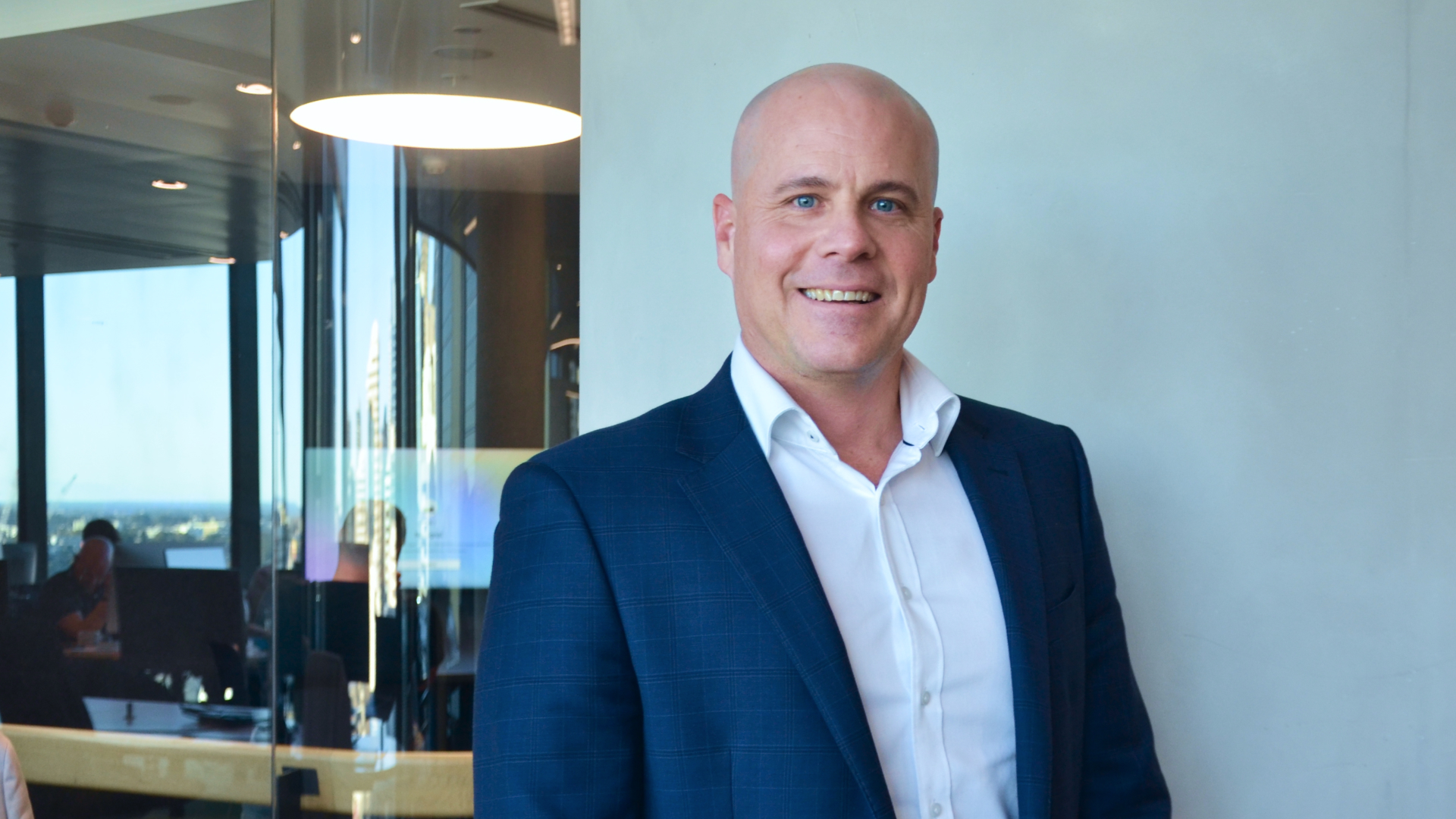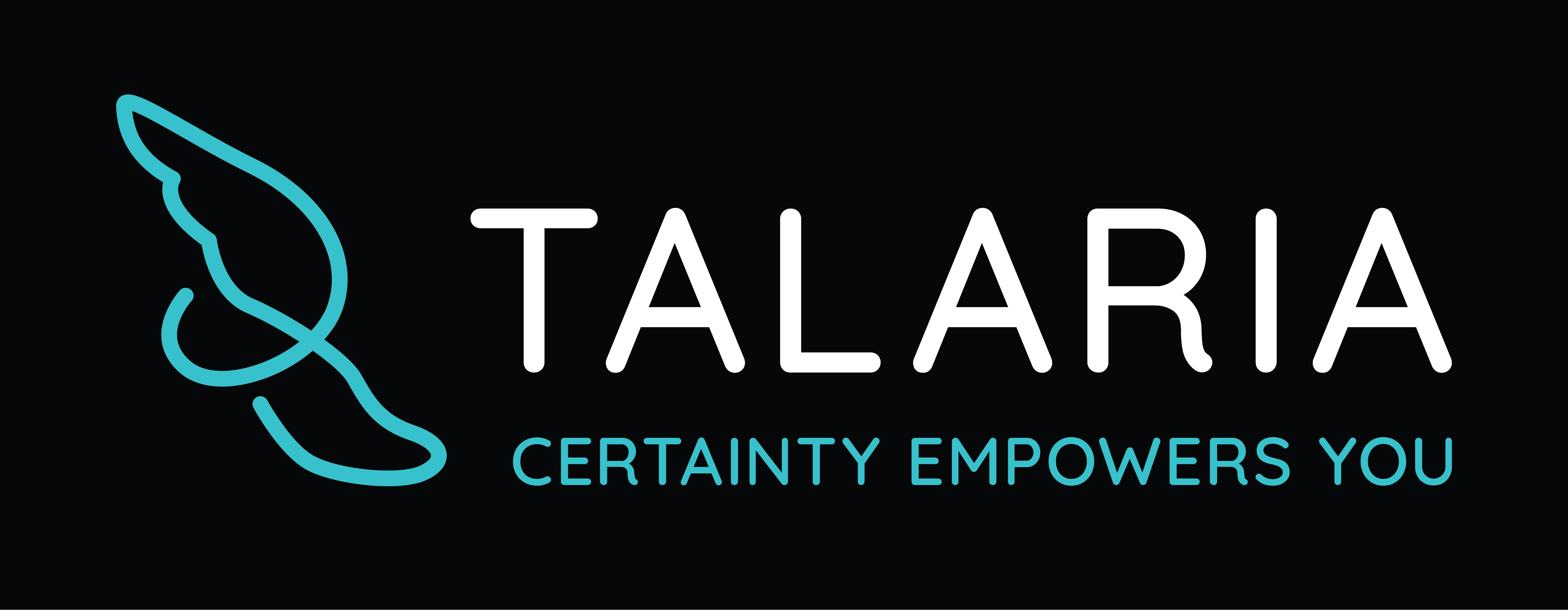Passive income ideas for Australian investors of all ages in FY25
The average Australian now earns $1,888.80 a week - up 4.5% over the 12 months to November last year. This equates to a yearly salary of around $98,000 (and that's before tax).
Given Canstar modelling recently found that Australians need to make $255,600 a year to afford to purchase the median home in Sydney (or $178,300 a year in Melbourne). And the median rental prices in capital cities are $630 and $620 for houses and units, respectively. And, inflation is still running hot, meaning everything feels - and probably is - more expensive now than it has been in some time... You're probably in need of a little extra cash right now.
If that sounds like you, you've come to the right place.
As part of Livewire's Income Series for 2024, I reached out to Ord Minnett's David Lane - who is the state manager for the financial advisory firm's Queensland business - for his tips and tricks to maximise passive income in FY25.
He shares the three factors that will shape markets over the next financial year, the risks investors need to be aware of, and how to minimise tax on income investments.
Plus, we also split out income investing into three different age cohorts (the young'uns, slightly older young'uns, and the young at heart), to learn which funds, ETFs, stocks, REITs and hybrids Lane recommends so that investors can generate more bang for their buck over the year ahead.
Note: The information provided below is general in nature and for educational purposes only. It does not take into account any personal circumstances. Any discussion of products should not be seen as a recommendation. Please consult with an investment professional before making any investment decisions. Past performance is not a reliable indicator of future return.

LW: Which factors do Australians need to consider when investing for income in FY25?
David Lane: There are three factors that investors should consider as we move into FY25. These include:
1. Interest Rates
Will they go up or down? At this point, market ‘experts’ are divided. Some point to sticky inflation and strong economic conditions as reasons why there may be one, two or even three official rate rises. Others suggest the declining trajectory of inflation will be enough to encourage the RBA to cut rates.
Regardless of the official interest rate announcements, it is important to understand that most interest rates on fixed interest (whether they be cash accounts, term deposits or bonds) move in relation to expectations of interest rate movements, rather than the RBA announcements themselves.
2. Inflation
Any consideration of interest rate movements is inherently linked to inflation. While we have witnessed a decline in goods inflation, inflation relating to services is still elevated and appears to be ‘sticky’. The RBA has a target band of 2-3% and the April CPI was 3.8%. The trimmed mean, which measures the underlying CPI, is at 4.1% and has been steady at around this point for the last five months. Until this begins to decline markedly, it is unlikely that the RBA will cut rates . . . and may still need to raise them.
3. Liquidity
Perhaps the most important consideration for individuals. How long are you prepared to lock your money up for a better return?
Generally, the longer you invest your money, the higher the income you will receive. Are you prepared to put your money in a term deposit for 12 months to get a higher rate, or do you require the liquidity of daily access for a lower rate?
LW: What risks should they be aware of?
DL: Each of the three factors mentioned above are risks in themselves. Whenever you make an investment decision, you are doing so while taking a view on where you think inflation and interest rates will go.
As mentioned above, liquidity is an important consideration. This also is a risk and in fixed interest terms is referred to as ‘duration risk’. If you are investing in a long-term fixed interest investment like a bond, the duration – or term to maturity – of the investment can expose you to risks. For fixed-rate bonds such as government bonds, the capital price will move with interest rate movements. In times of rising interest rates, the capital price will fall to adjust for the higher yields; conversely, the capital price can rise in times of falling interest rates.
Along with liquidity, volatility is a key risk. The most conservative of investments are cash or term deposits. These have capital stability – you will receive the funds you invest at the end of the term, without the balance moving. However, you will usually accept a lower return for this lower risk.
If you are prepared to accept some volatility you can generate higher returns – both income and capital. ‘Growth’ assets (like shares and property) have the potential to increase and add to your return. Many growth investments will also pay a healthy income from the profits generated (shares) or rents collected (property).
The predictability of future cash flows is also a risk to be aware of. Look for investments that have a high probability of repeatable future earnings to continue to pay income to investors. Companies with consistently growing earnings will generally adopt a dividend policy (eg. paying 70% of profits out as a dividend).
Sometimes investors can be enticed by income that looks ‘too good to be true’. This may be from historic dividends that were inflated for a particular reason (and are unsustainable in the future), or from investments that take on too much risk or are ‘engineered’ to magnify income artificially. Doing your research is paramount – particularly if the income is substantially above market returns.
LW: What role does tax play when investing for passive income - what tips do you have to minimise tax?
DL: Depending on the entity through which you are invested, income will be taxed at the marginal rate applicable. With a tax rate of 15% on income for investors in the accumulation phase and 0% in the pension phase, superannuation is the most tax-effective investment vehicle. However, if investors are after passive income before retirement, super would not provide this as the income is retained within your super balance.
Dividend imputation – or franking credits – provides shareholders with a tax credit for the tax paid on profits. As a shareholder (or holder of a hybrid), you are able to use this tax credit to reduce the tax payable on income. The true benefit of this will depend on your marginal tax rate.
Negative gearing is also a way to utilise the tax system to generate passive income. Although this is often used for rental properties, the principles can be used in other investments such as a share portfolio.
When borrowing money for investment purposes, the interest paid can be claimed as a tax deduction. Geared investments have the benefit of magnifying your income and capital returns – but they also magnify the downside risks.
Of course, before embarking on any gearing or tax strategy, you should seek advice from a qualified tax adviser to ensure it is appropriate to your own circumstances.
LW: How should 20-40-year-olds invest for passive income?
DL: Generally, younger people can take on more risk as they have a long-term horizon and will increase their income from working over time. Investing in growth assets – shares or property – can provide healthy passive income while also generating long-term capital growth.
Investing in a portfolio of high-quality shares is a good way to start. For many, ETFs are a great way to begin investing as they provide diversification at a comparatively low cost. These can be supplemented with individual shares as the size of your portfolio grows.
For a reasonably conservative risk profile, a broad market exposure like SPDR S&P ASX200 ETF (ASX: STW) will provide market returns and income of around 4.07%, franked to around 70%.
Those with a higher risk appetite, and wanting to generate a higher income, could look to more exotic investments like Global X S&P/ASX200 Covered Call ETF (ASX: AYLD), which has the same underlying market portfolio, but sells call options over the positions to enhance the income. This strategy generates an income of around 7.1%, although the franking is lower at around 35%.
International shares generally pay much lower dividends than Australian companies and therefore investing internationally usually is more capital growth-oriented. However, Talaria Global Equity Fund (CBOE: TLRA) generates a high income on an international portfolio through their strategy of selling put options to build the portfolio. This fund has a historical dividend yield of 7.4%.



LW: How should 40-60-year-olds invest for passive income?
DL: The investments discussed above would also be appropriate for this age cohort. With more savings available for investment, however, those in their ‘prime time’ may be able to build a more diversified portfolio and look to individual securities.
For example, some of the smaller banks, financials and REITs are forecast to pay healthy dividends in FY25:
- Bank of Queensland (ASX: BOQ) forecast FY25 yield of 6.6% (100% franked)
- MyState (ASX: MYS) forecast FY25 yield of 6.6% (100% franked)
- COG Financial (ASX: COG) forecast FY25 yield of 8.0% (100% franked)
- Charter Hall Retail (ASX: CQR) forecast FY25 yield of 7.4%
- Charter Hall Long WALE (ASX: CLW) forecast FY25 yield of 7.4%
- RAM Essential Services (ASX: REP) forecast FY25 yield of 8.1%
- Waypoint (ASX: WPR) forecast FY25 yield of 6.8%
LW: How should 60-80-year-olds invest for passive income?
DL: Usually those in retirement will use their superannuation investments to generate passive income and will draw this as a pension.
The beneficial tax treatment of the retirement phase means that retirees can benefit from the refund of franking credits. This often becomes the ‘3rd dividend’, paid by the ATO.
A core portfolio of blue-chip shares will provide a healthy income, with companies like Westpac (ASX: WBC) and BHP Group (ASX: BHP) regularly paying fully-franked dividends in the order of 6.2% and 5.5% respectively.
Adopting a more balanced risk tolerance, shares are often balanced with more defensive investments such as infrastructure, hybrids and bonds. Many listed hybrids (or capital notes) are trading with healthy gross yield-to-calls of 6.0-7.5%. By way of example, ANZ Capital Notes 8 (ASX: AN3PK) and NAB Capital Notes 7 (ASX: NABPJ) both have gross yield-to-calls of 7.13%.
Wholesale investors may also consider corporate bonds. These provide long-term exposure to quality issuers and are now offering yields of 5.5-8.5%.
Which products, funds, ETFs and stocks do you use for passive income?
Let us know in the comments section below.

3 topics
14 stocks mentioned
3 funds mentioned

